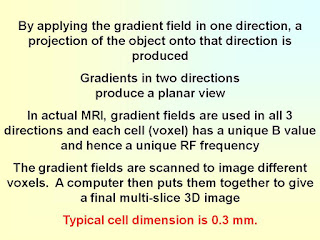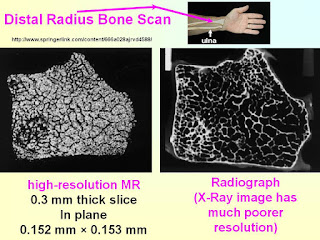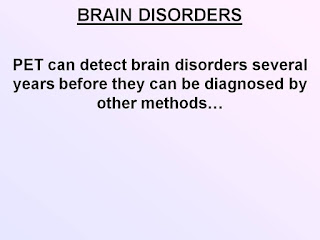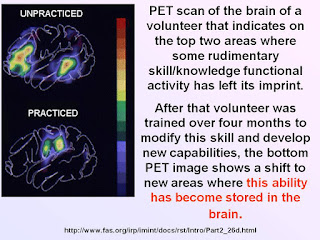What is pseudo-science?"Psedo-science is a claim, belief or practice which is presented as scientific, does not adhere to a valid scientific method, lacks supporting evidence, cannot be reliably tested, or otherwise lacks scientific status."
A field, practice, or body of knowledge can reasonably be called pseudo-scientific when it is presented as consistent with the norms of scientific research, but it demonstrably fails to meet these norms.These are modern times - information is freely and easily available. Everybody has an opinion; it is shared with million others by pressing a button. This couldn't possibly be a bad thing - after all, humans thrive on exchanging information and ideas, and now we can do this globally without much effort. We can sample the whole spectrum; from the well reasoned, sophisticated ideas to the most absurd. This is what makes the human societies interesting .
The difficulty starts with the arrival of the modern pseudo-scientist. Pseudo-science has always been around - harmless most of the time but has been known to cause major problems in the past. The scientific method is based on empirical verification and must follow a rigorous set of tests. Pseudo-science generally falls far short of meeting such criteria that scientific investigations live by. Its appeal lies in the simplification of the reality that it offers - often providing a comforting outcome which people might feel inclined to accept as truth. The simplification almost always requires ignoring vital evidence that does not fit the final desired outcome, or misrepresentation of existing established scientific ideas and at times outright concoction of evidence to support what the pseudo-scientist wants to prove.
The information society that we live in allows pseudo-scientists to reach a much bigger audience, find a larger number of receptive minds and gather momentum. The resulting surge of opinion can influence decision makers (politicians look for their popularity index for the next election) and one can see a situation when important decisions may be made on false premises.
What can the general public do? It is not an easy choice - we all are bombarded with enormous amount of information and few of us have time to sit calmly and listen to complex science ideas. This gets even more difficult if the message is not a comforting one. I have thought about this difficulty but can find no solution. Pseudo-scientists are here to stay and there appears to be no method to safeguard the public from them.
One way to provide protection from pseudo-scientists is for actual scientists to educate the general public and explain what the true science says about an issue. This may be a tall order; scientists are not known for their communication skills - countless times I have come out from a conference presentation not quite knowing what the presenter was trying to tell. Scientists are good at talking to their colleagues but are largely unable to reach the general public.
Some people say that science knowledge and technology are growing at an ever increasing rate. More knowledge is added this year than was added last year etc. With each passing day, the gap between the scientist and the non-scientist increases. New technological appliances have a sort of magical aura in the way they work - science fiction of a few years ago becomes reality very quickly. The helpless citizen of the world becomes just the right subject for pseudo-scientist who can provide a reassuring, comfortable explanation to everything.
We are in an impossible situation here. Scientific progress, efficient and widely available means of communication are supposed to be good. Pseudo-scientists can exploit these to influence the general opinion to further their own agenda - be it selling a product for commercial gain, to make an ideological point, support business sponsors to suppress useful true state of affairs etc. Fossil fuel lobby, climate change deniers, sponsored advertisements in online media selling health and beauty products are examples of pseudoscience in action - some of this can be very subtle.
I personally call it con-science as lot of the time the purpose is really to mislead and exploit the public.
Blog Contents - Who am I?
















































































